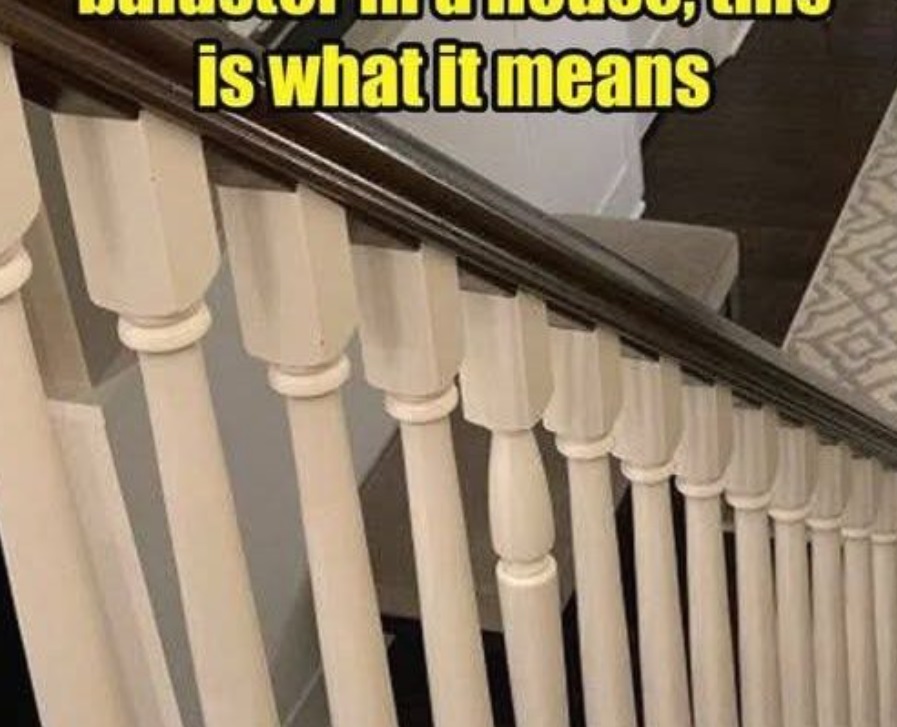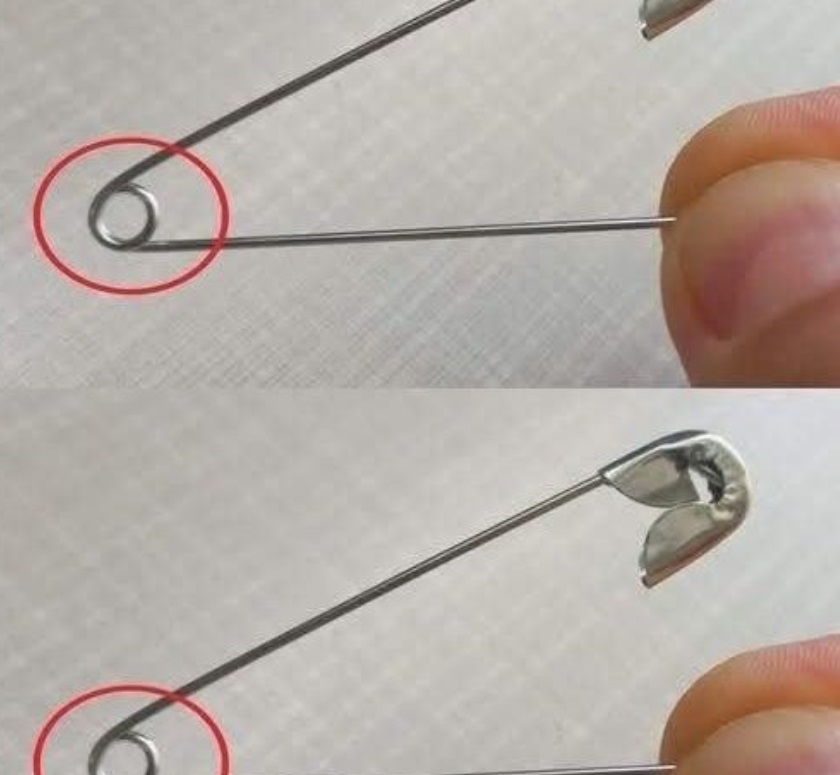There’s a quiet poetry in old homes — the creak of wooden stairs, the smooth banister worn by generations of hands, and sometimes… a single baluster turned upside down. To the untrained eye, it might look like a careless mistake. But to believers in folklore, it’s something far deeper: a centuries-old charm meant to keep evil spirits at bay.
In architecture, beauty often meets belief. Each detail tells a story, and sometimes those stories whisper from the smallest corners — like a staircase post deliberately placed the wrong way. This delicate imperfection carries a powerful message about faith, humility, and the enduring bond between craftsmanship and superstition.
Whether you see it as protection against unseen forces or simply a human touch of imperfection, the upside-down baluster invites us to look closer at the spaces we live in — and the traditions that shaped them.
The Spiritual Meaning
According to historical sources like the Long Island Press, the practice of inverting a baluster dates back centuries, to when builders saw staircases as sacred bridges between worlds — the physical and the spiritual. Within this belief system, stairs were potential pathways for spirits to move freely between realms.
To stop malevolent entities from climbing to the upper floors, carpenters placed one baluster upside down, believing that evil spirits could only move in straight, perfect lines. The disruption symbolized protection — a simple, handcrafted barrier between safety and the supernatural.
But the symbolism didn’t stop there. Many religious builders viewed the imperfect baluster as a humble acknowledgment that only God is perfect, and human hands could never create something without flaw. It was a spiritual act of reverence — an admission of fallibility and faith woven into wood and design.
Duality and Balance
Beyond superstition, the upside-down baluster represents the ancient idea of duality and harmony. A staircase, by its very nature, connects two realms — above and below, light and shadow, heaven and earth. The intentional asymmetry brings balance to that symbolic journey.
Architecturally, this imperfection transforms the staircase into a work of meaning rather than mere function — a physical reflection of balance in life and spirit.
Common in Old Houses
This curious detail still shows up in old homes today. In 2020, HGTV host Scott McGillivray shared a photo of a railing with one inverted spindle — sparking thousands of reactions online. Some saw it as a spiritual symbol; others assumed it was a builder’s mistake.
Many commenters echoed the same belief: “Only God is perfect, so we leave one flaw.” Others laughed that it would “drive them crazy” to see the imbalance. But no matter the reaction, everyone agreed — it makes you pause, notice, and wonder.
Why You’ll Love This Story
- It’s timeless: A small design with centuries of meaning.
- It’s symbolic: A perfect mix of craftsmanship, humility, and faith.
- It’s mysterious: Offers conversation and reflection every time you take the stairs.
- It’s historical: A direct link to the beliefs of builders long gone.
Tips for Home Enthusiasts
- When restoring old staircases, look carefully — one spindle might tell a story.
- Preserve original quirks when renovating; they add priceless character.
- If you’re building new, consider adding a symbolic imperfection — a modern nod to tradition.
Variations Across Cultures
- Amish craftsmanship: Builders sometimes leave one deliberate flaw to show humility.
- Native American weavers: “Spirit lines” are added in blankets to let the maker’s soul escape the design.
- Islamic art: Often features geometric designs with a purposeful flaw — perfection belongs only to the divine.
FAQs
- Was the upside-down baluster really about spirits?
Yes, folklore suggests it disrupted spirits’ movement upstairs. - Do builders still do this today?
Some traditional craftsmen continue it as homage to old beliefs. - Is it a mistake or intentional?
In historical homes, it was deliberate — a mark of faith and humility. - What does it symbolize?
Protection, imperfection, and acknowledgment of divine perfection. - Can it affect property value?
Not negatively — unique details often increase historical charm. - Where did the belief start?
Likely in early European and colonial architecture. - Is it always one baluster?
Traditionally, yes — just one to break the pattern. - Can it appear elsewhere?
Similar symbols appear in furniture, weavings, and carvings. - Why do some people find it unsettling?
Modern design values symmetry, so the break feels jarring. - Should I fix it?
If it’s original, no — it’s part of your home’s story.
The Symbolic Lesson
The upside-down baluster reminds us that imperfection can be beautiful. In a world obsessed with flawlessness, it stands as a quiet rebellion — proof that craftsmanship once carried meaning deeper than design.
Every uneven line, every reversed spindle, every tiny quirk whispers the same truth: we build, we create, but perfection belongs only to something greater than ourselves.
Conclusion
Next time you climb a staircase, take a closer look. That single flipped baluster might just be a silent guardian — a mark of humility, protection, and history carved into your home’s heart. Whether you believe in spirits or simply admire the artistry of the past, one thing’s certain: architecture is never just structure — it’s storytelling in wood and stone.




